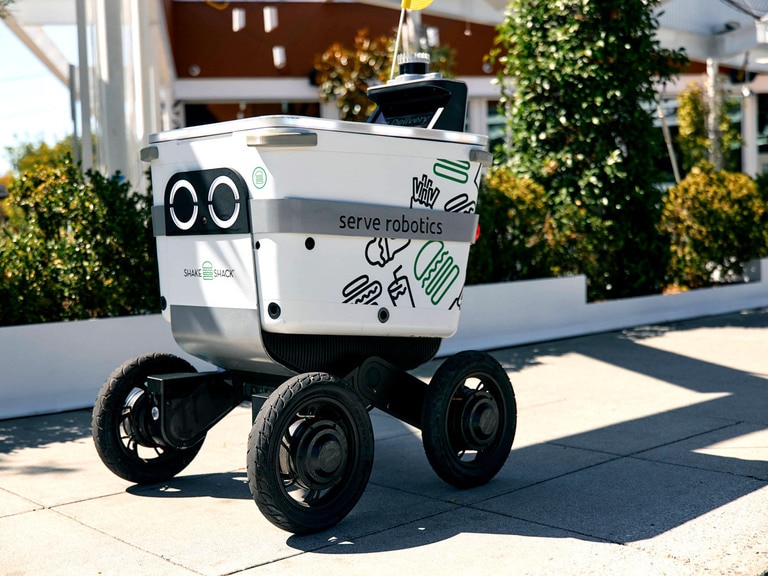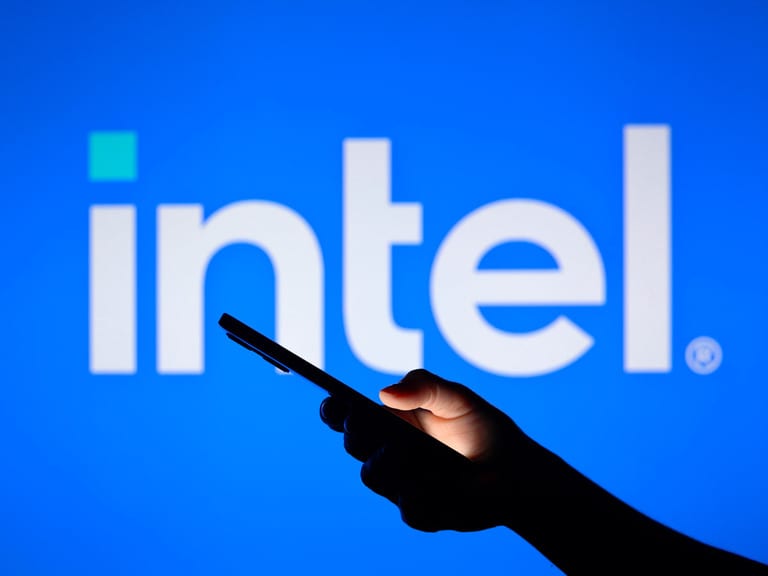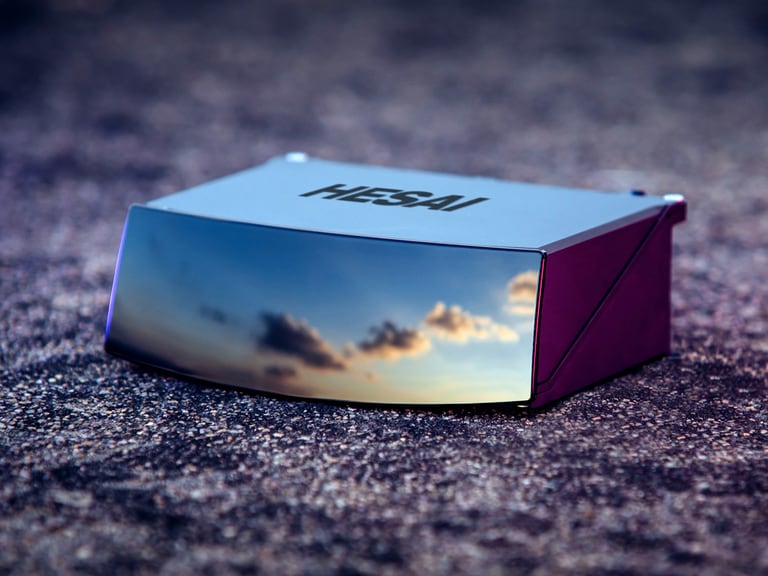Peter Beck and Colin Canfield, CEO and Investor Relations Manager, respectively, of Rocket Lab, have both recently joined OPTO Sessions to elaborate on the space-as-a-service model that the company is pioneering. While SpaceX still holds a dominant position in this nascent market, its increasing competitiveness is a sign of the industry’s health.
SaaS But Not as We Know It
Speaking to OPTO Sessions in December, Colin Canfield, Investor Relations Manager at Rocket Lab [RKLB], elaborated on the vertical integration that underpins what has previously been called a new SaaS, or ‘space as a service’. This would grant the company direct-to-customer capabilities, as it is able to construct its own rockets, satellites and components.
“In the longer term that’s definitely the vision,” said Canfield, while acknowledging that over the coming ten years Rocket Lab would have to be strategic about its targets. “The company is going to continue focusing on learning from both our competitors and our partners as we crystallize what we can achieve over the next decade.”
This strategy reflects a shift away from the traditional organizational structure for space companies, which historically has seen a separation between the makers of launch rockets and the spacecraft that carry payloads.
“When you combine a rocket company and a spacecraft company together, you have the keys to space, and you have the ability to build any infrastructure,” Rocket Lab’s CEO Peter Beck told OPTO Sessions in April.
Fram Here 2 There
It is an exciting time in space exploration, and while Rocket Lab is battling against a major incumbent in the form of Elon Musk’s SpaceX, Beck feels that Rocket Lab’s smaller size offers some advantages.
On the one hand, it effectively forced Rocket Lab to create its own category of small launch — which in itself underpins the idea of space-as-a-service. Additionally, it has made Rocket Lab more focused.
“Sometimes having too many resources makes you lazy,” he told OPTO Sessions. “We can’t outspend our competitors. We have to outthink them or outwork them.”
SpaceX is pushing new boundaries in space tourism. Cryptocurrency speculator Chun Wang has bought a flight for himself and three Arctic specialists to fly in what will be the first crewed space flight in polar orbit.
According to CNBC neither Wang nor SpaceX have disclosed the cost of the flight, but based on the price NASA is known to have paid per seat, it could be upwards of $200m.
The flight, dubbed “Fram2” in homage to a 19th century polar expedition ship, will launch near the end of the year aboard a SpaceX Falcon 9 rocket and its thrice-used Dragon capsule, Endurance. The capsule was, fittingly, named after Ernest Shackleton’s ship three years ago by a NASA crew.
Bailing Out Boeing
Elsewhere, Boeing’s [BA] ill-fated Starliner mission might have left two astronauts, Sunita Williams and Butch Wilmore, stranded on the international space station until next year, NASA admitted on August 7.
What was supposed to be a week-long test flight has already turned into a two month stay for Williams and Wilmore, thanks to recurrent thruster problems for the Boeing craft. In an embarrassing development for Boeing, NASA now appears to be considering bringing SpaceX in to return the pair on one of its Dragon rockets.
However, even if it reflects poorly on Boeing, the possibility of a SpaceX bailout is indicative of the health of the space industry as a whole. Wayne Hale, former program manager for NASA’s Space Shuttle, told Bloomberg that this is an example of dissimilar redundancy. “It’s important to have not just more of the same, but actually something that’s different in case there’s a design problem.”
This is why NASA has multiple launch companies building rockets that perform the same purpose. Rocket Lab is a key part of the diversification that now exists within the sector.
Mission to Mars
In a further sign of its progress in areas SpaceX might regard as its turf, Rocket Lab is setting out with NASA to demonstrate that flights can reach Mars for one tenth of the historic price.
The Escape and Plasma Acceleration and Dynamics Explorers (ESCAPADE) mission brings together scientific tools developed by the University of California, Berkeley, to study the interaction between solar winds and the Martian atmosphere, a Blue Origin launch rocket, and a Rocket Lab satellite bus that will carry the payload 230 million miles to Mars.
Two previous Mars flights — the Mars Reconnaissance Orbiter in 2005 and MAVEN in 2013 — cost NASA over $1bn between them. ESCAPADE is one of three missions set up by the Small Innovative Missions for Planetary Exploration (SIMPLEx) program, which NASA established afterwards to fund smaller-scale missions to deep space with a $55m price cap — one tenth of MAVEN’s cost.
Reducing the cost of Martian missions was one of the key objectives that Elon Musk had in mind when he founded SpaceX. Rocket Lab is demonstrating, though, that Musk doesn’t have a monopoly on Mars.
Disclaimer Past performance is not a reliable indicator of future results.
CMC Markets is an execution-only service provider. The material (whether or not it states any opinions) is for general information purposes only, and does not take into account your personal circumstances or objectives. Nothing in this material is (or should be considered to be) financial, investment or other advice on which reliance should be placed. No opinion given in the material constitutes a recommendation by CMC Markets or the author that any particular investment, security, transaction or investment strategy is suitable for any specific person.
The material has not been prepared in accordance with legal requirements designed to promote the independence of investment research. Although we are not specifically prevented from dealing before providing this material, we do not seek to take advantage of the material prior to its dissemination.
CMC Markets does not endorse or offer opinion on the trading strategies used by the author. Their trading strategies do not guarantee any return and CMC Markets shall not be held responsible for any loss that you may incur, either directly or indirectly, arising from any investment based on any information contained herein.
*Tax treatment depends on individual circumstances and can change or may differ in a jurisdiction other than the UK.
Continue reading for FREE
- Includes free newsletter updates, unsubscribe anytime. Privacy policy





